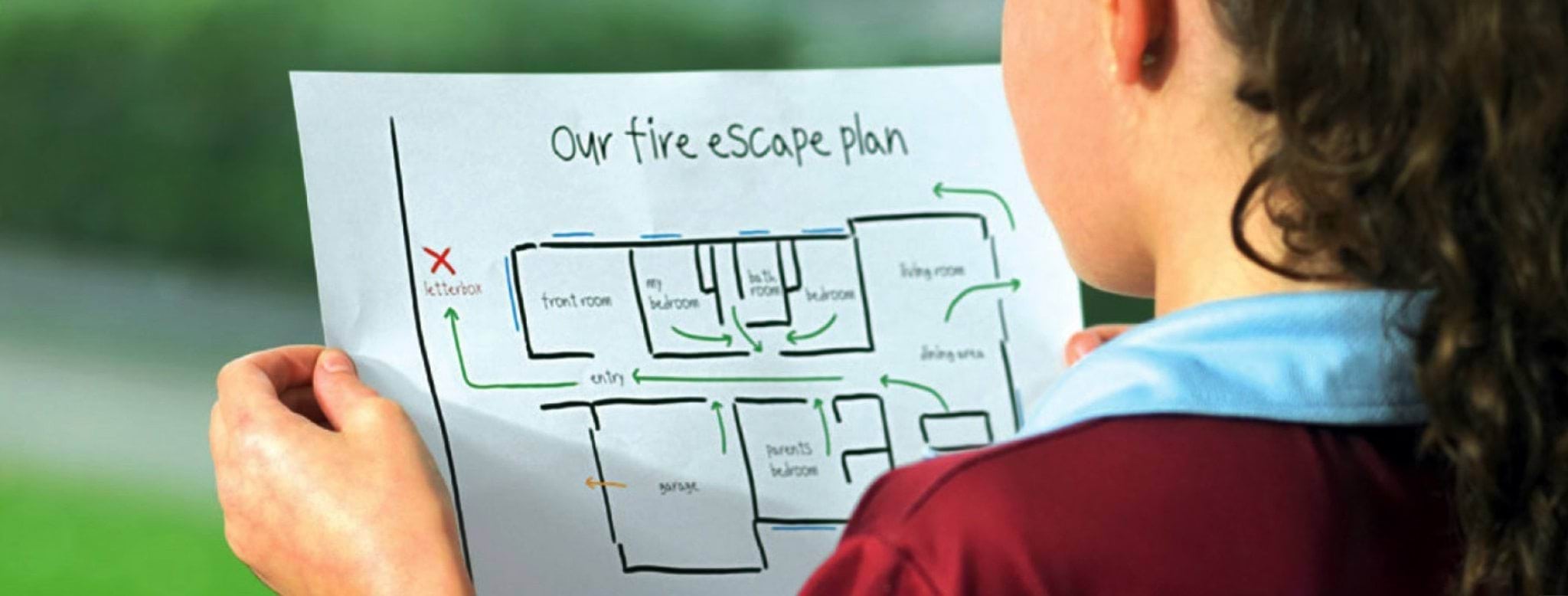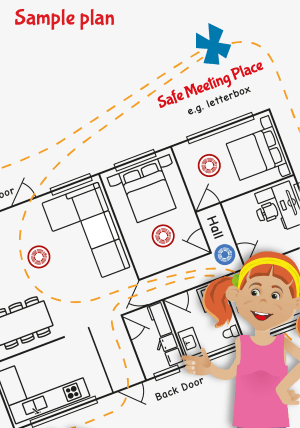A fire in your home can be devastating, even fatal. Once a fire starts it can spread rapidly putting you and those you live with at risk.
Every household should have a home fire escape plan. Practise it regularly.
- Know the quickest, safest way to escape from every room
- Agree on a safe place to meet outside
- Make sure your street number is visible so emergency services can find you quickly
- Keep your exits clear
- Always leave keys in locked doors and security screens when you are inside
- If you live or stay in a high-rise building
- know where the fire exits and stairwells are.
- know the evacuation procedures for the building
- High Rise Fire Safety
- Write and/or draw your home fire escape plan and practice it with all the people you live with
Home Fire Escape Plan Template
(opens in a new window)
For more information specific to people at higher risk, please click here.
Updated

